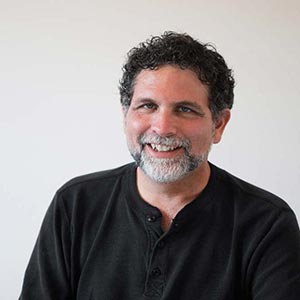In the traditions of the East a spiritual path is considered Tantric when its goal is to bring about the direct recognition of the immediate availability of our boundless nature. Tantric paths do not see the world, the mind, or anything else as an obstacle to this awakening because Every aspect of reality is seen as inherently sacred. The divine can be found everywhere at anytime. In a Tantric path we do not leave the world to find heaven. We find Heaven in our experience of the world as it already is.
In the magnificent book Introduction to Tantra the great Lama Yeshe points out that in Buddhism all approaches to spiritual fulfillment fall into two categories, Sutra or Sutrayana, and Tantra or Tantrayana. Sutrayana refers to paths that offer a gradual process aimed at eliminating the obstacles that keep us from realizing fulfillment. Tantric paths assume that fulfillment is already ours from the start.
In this sense I see the attitude of Tantra in the good news of Christianity. In the story of Jesus’s ministry his twelve disciples are sent out after his death to spread the good news. The good news simply stated is: “The Kingdom of Heaven is here.” This news meant that there was no longer any need to wait for fulfillment until after we left this world. Heaven could be found here on Earth. This is the core message of the Eastern Tantric traditions.
Tantric paths are supremely direct and immediate. My own spiritual path was Tantric in nature, although not Buddhist, and not labeled as such by my teacher. I was initiated in a Hindu tradition called Advaita Vedanta and, at least the way it was introduced to me, it is a deeply Tantric path in exactly the sense that I have been describing.
The foundational premise of Advaita Vedanta is that we are already whole and complete, because the essence of reality is already whole and complete. Our nature is boundless and free because that is the nature of reality itself and we are not separate from it. The Advaita tradition aims at liberating us from any and all assumptions of separation or deficiency, because these assumptions are the only thing that keeps us from realizing the boundless freedom that is always already the nature of who we are.
Advaita Vedanta, as I learned it, is a path that has no path. In fact, it rests on a strong assertion that there is no path and could never be a path, because the destination is always already here. This insistence on no separation between you and ultimate fulfillment is the essence of any Tantric path.
In many schools of Advaita Vedanta meditation or any other form of spiritual practice is discouraged. Since we are already free there is no need to do anything to get free. In fact, anything that you do in order to liberate yourself must be motivated by a delusional belief that you are not free already. Any belief we have in our own limitation is the only thing that keeps us from realizing our true boundless and unlimited nature.
My teacher for over twenty years encouraged the use of meditation as an aid to transformation. The Practice of No Problem that I teach is a variation of the meditation practice I was initiated in. It is a supremely direct approach to awakening that can perhaps best be understood as a Tantric practice of Non-Duality.
Non-Duality means Oneness, or more literally “not-two.” If the essence of reality is non-dual Oneness then there could not possibly be a path to get there. Any path to Oneness would have to be separate from Oneness and that would mean two. That is why it is said that the path and the goal are one.
